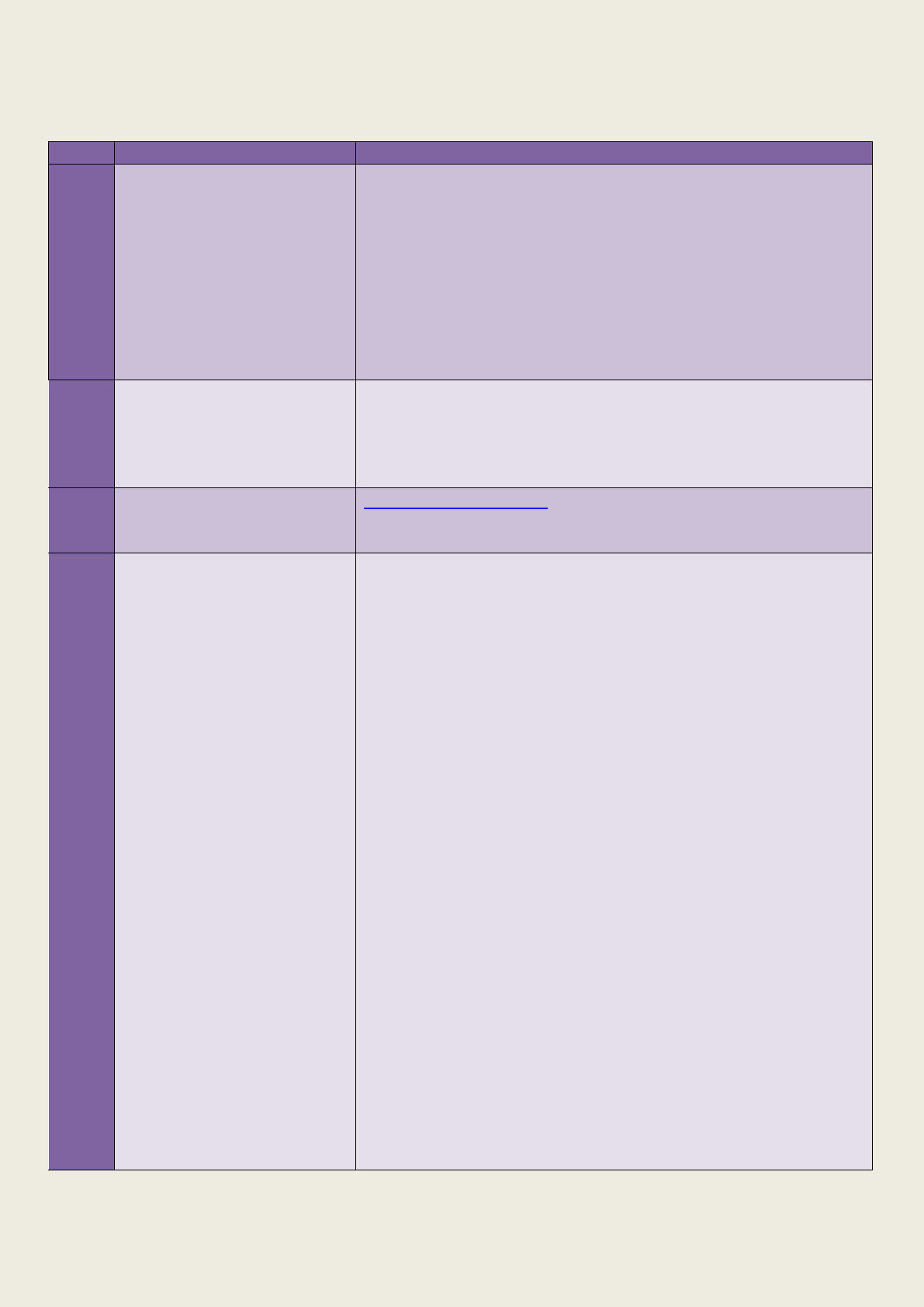
FAQs for Joint Entrance Examination (Main) – 2024
1
FREQUENTLY ASKED QUESTIONS (FAQs) for JEE (Main) - 2024
S. No.
Parameter
JEE (Main) – 2024
1.
Number of Sessions
JEE (Main) – 2024 is being conducted in Two Sessions
(January/April).
A candidate has the option to apply for one Session or both
Sessions (Session 1 and Session 2 of 2024) together and pay
the exam fee accordingly. In other words, if a candidate wishes
to apply only for one Session, he/she has to pay the Examination
Fee only for that Session during the current application period
and will have the opportunity to apply again for Session 2 (April
2024).
2.
Can a candidate apply for
Session 2 (April 2024)
during the period of 01
November to 30 November
2023
If a candidate wishes to apply for Session 2, the candidate can
log in and pay the Examination Fee for Session 2 during that
period.
3.
What is the website for the
online Application Form for
JEE (Main) – 2024?
https://jeemain.nta.ac.in/
4.
How to Register for JEE
(Main) – 2024?
The candidates are required to register on the National
Academic Depository (NAD) Digilocker. The candidates will be
further able to register for JEE (Main) through the unique ID
created after registration on the NAD portal.
Those candidates who will not be able to register through the
National Academic Depository (NAD), may be asked to report
early (one hour prior to the entry time) at the examination Centre
on the day of the examination.
For Home Page:-
1. Login And Identification:-
2. I have a Digilocker Account. I wish to log in and identify
through Digilocker.
3. I do not have a Digilocker Account. I wish to create my
Digilocker Account and login and identify through Digilocker
4. I have an Academic Bank of Credits ID (ABC ID). I wish to
log in and identify through ABC ID.
5. I do not have an Academic Bank of Credits ID (ABC ID). I
wish to create my ABC ID and log in and identify through ABC
ID.
6. I have an Indian Passport and wish to create my Login using
my Passport.
7. I have a PAN Card and wish to create my Login using PAN.
D-D1012/39/2023-AESW-A
10753/2023/AESW-A
1/12

FAQs for Joint Entrance Examination (Main) – 2024
2
8. I have an Aadhaar Enrolment Number and wish to create my
Login using an Aadhaar Enrolment Number.
9. I have a Non-Indian Passport and wish to create my Login
using a Non-Indian Passport.
2.
Authentication of Mobile
Number and e-mail
Address
• Candidates will enter both OTPs (received on Email and
Mobile) on every login.
• Unique mobile number and Email ID for every application.
• The mobile number and e-mail addresses of parents will also
be collected.
Authentication at the Exam Centre
1. I wish to share my Aadhaar and authenticate myself at the Exam
Centre through Aadhaar.
2. I have an Aadhaar, but I do not want to authenticate myself at the
Exam Centre through an Aadhaar. I wish to authenticate through a
valid Government ID with a Photograph (Passport/PAN
Card/Ration Card/Driving License/Voter ID Card).
3. I do not have Aadhaar. I wish to authenticate myself at the Exam
Centre through a valid Government ID with a Photograph
(Passport/PAN Card/Ration Card/Driving License/Voter ID Card).
Candidates will be informed as under :
*Please note that for authentication through Non-Aadhaar options
(2&3 above), you will need to authenticate yourself by getting
Biometric recorded at the Exam Centre. You need to reach the
Exam Centre 1 hour earlier than other Candidates to get your
Biometric completed.
3.
Choice of Cities
The Choice of exam cities will be displayed to the candidates
based on the permanent and present address filled during
registration. Four choices of cities are given to the candidates.
4.
Parents/Guardian Income
details
Family Annual Income (inclusive of Father’s/ Guardian’s Gross
Annual Income, Mother’s/ Guardian’s Gross Annual Income, and
Annual Income of Father’s/ Mother’s/Guardian from other
sources, if any) are mandatory fields.
5.
E-mailing the Confirmation
page and Scorecard
The copy of the Confirmation page and Score Card for both
Sessions i.e. Session 1 and Session 2 will be sent to the registered
e-mail address of the candidate as well as of the parents.
6.
Online Application Form
The form will be bilingual i.e., in English and Hindi
There will be 3 sections in the form, as below:
i. Step 1 - Registration Form
ii. Step 2 - Application Form This includes filling in personal
details, applying for and examination cities, qualification
details, additional details (if any), and document upload).
iii. Step 3 - Fee Payment.
8.
AADHAAR Number
AADHAAR authentication will be done for the candidates and it
will be an optional field.
D-D1012/39/2023-AESW-A
10753/2023/AESW-A
2/12
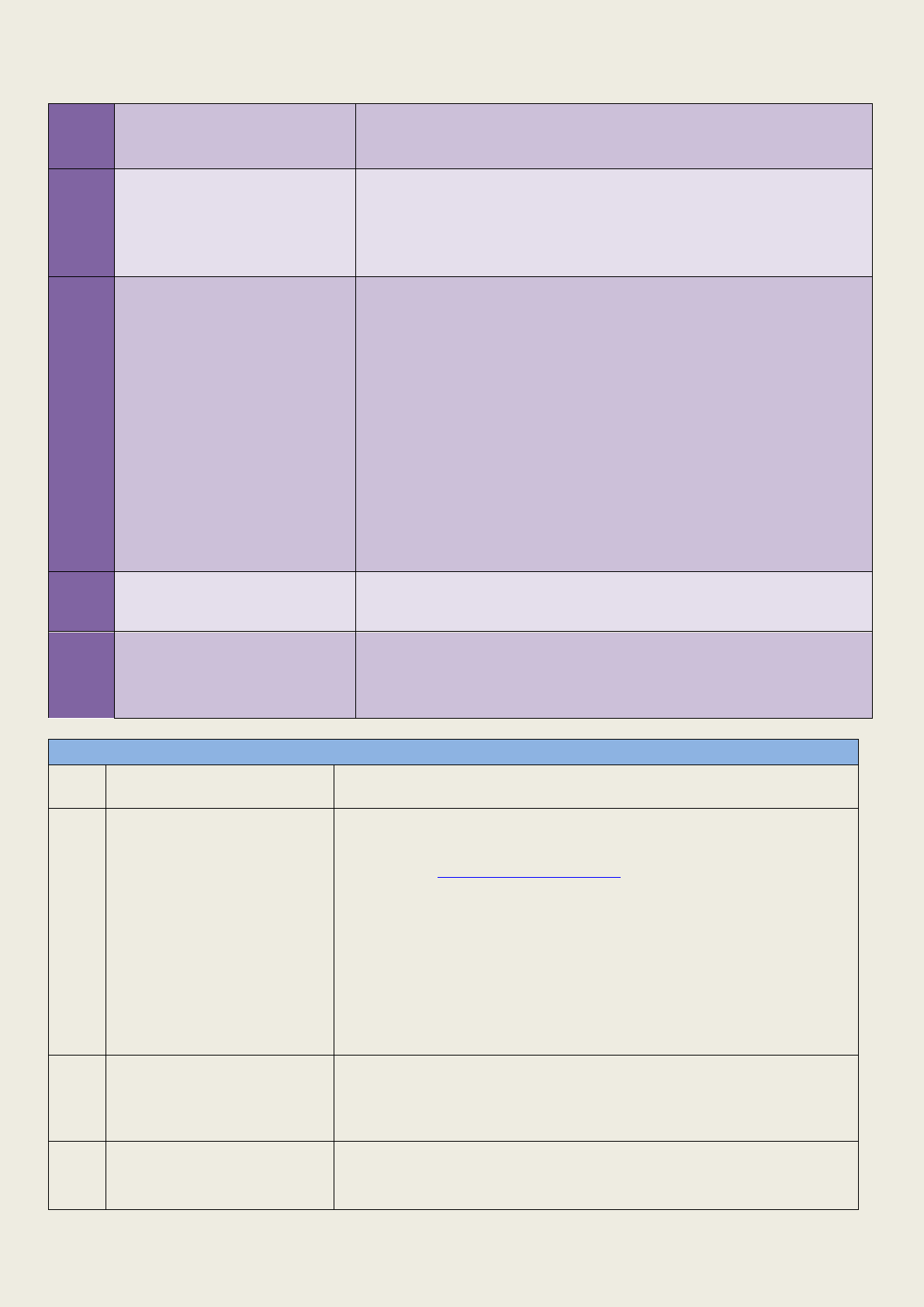
FAQs for Joint Entrance Examination (Main) – 2024
3
9.
Use of Scribe
The option is being given to the Candidate for Scribe.
Either NTA may provide or the Candidate may bring his/her
own Scribe.
10.
Use of Digilocker
The candidate has to initiate the online Application Form of JEE
(Main) – 2024 using Digilocker.
However, the candidate has to first select the option whether
applying “For India / Outside India”
11.
Medium of the
examination.
Medium of the Question Papers: Drawing from the National
Education Policy (NEP), the JEE (Main) - 2024 is being
conducted in English, Hindi, Assamese, Bengali, Gujarati,
Kannada, Malayalam, Marathi, Odia, Punjabi, Tamil, Telugu, and
Urdu.
If any candidate chooses English as a medium, then the Question
paper will be visible in Engish only.
If any candidate chooses Hindi or other regional language as a
medium of the Question paper, then the Question paper will be
available in English and the selected language (Hindi or other
regional language). For more information, please refer to Chapter
3 of the Information Bulletin.
12.
Recognition of UDID Card
(Swaalamban Card)
UDID Card (Swaalamban Card) may also be considered as proof
of disability for PwD candidates.
13.
Uploading of the Category
Certificate.
No Category certificate is to be uploaded by the candidate in the
online Application Form of JEE (Main) – 2024. However, the
documents including the category certificate will be verified by
the Counselling / Admitting Institutions.
Section-I General Queries
S. No
Questio
n
Reply
1.
When will the Online
Application form for JEE
(Main) - 2024 Session 1 be
available on the website?
The Online Application Form for JEE (Main) - Session 1 is
available from 01.11.2023 to 30.11.2023 (up to 09.00 P.M) on
the website https://jeemain.nta.ac.in/
A candidate has the option to apply for one Session or both
Sessions (Session 1 and Session 2 of 2024) together and pay the
exam fee accordingly. In other words, if a candidate wishes to
apply only for one Session, he/she has to pay the Examination
Fee only for that Session during the current application period
and will have the opportunity to apply again for Session 2 (April
2024).
2.
Is it true that JEE (Main)-
2024 will be held in 02
sessions?
Yes. JEE (Main)-2024 is being held in 02 Sessions in 2024. Session
1 will be held in January 2024 (between 24 January and 01
February 2024) and Session 2 will be held in April 2024 (between
01 April and 15 April 2024).
3.
When will the JEE (Main)-
2024 Session 1
The tentative dates of examinations are as follows:
Session 1: Between 24 January and 01 February 2024
Session 2: Between 01 April to 15 April 2024.
D-D1012/39/2023-AESW-A
10753/2023/AESW-A
3/12
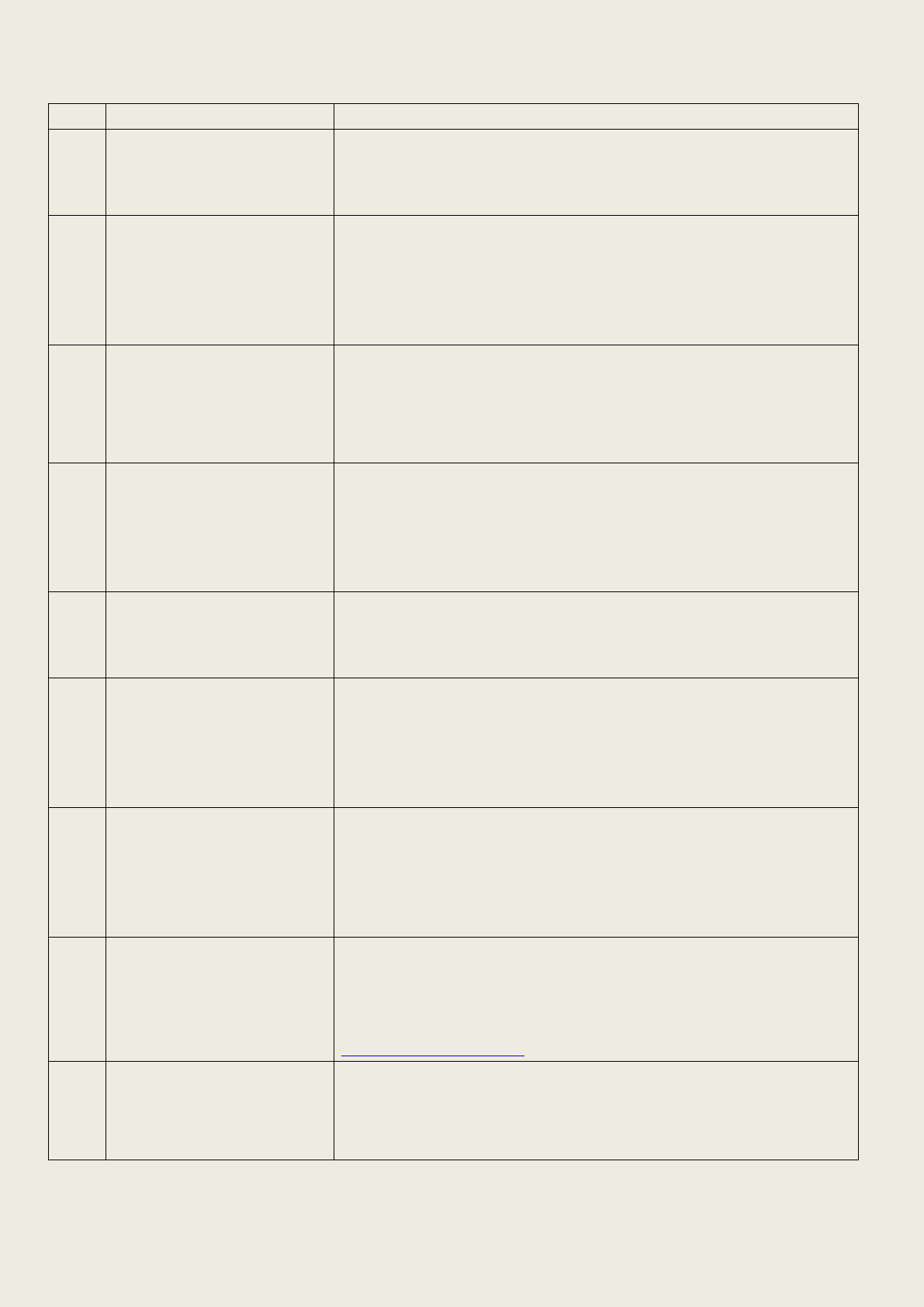
FAQs for Joint Entrance Examination (Main) – 2024
4
Examination be conducted?
4.
Whether the examination
will be offline or online?
JEE (Main)-2024 Examination Session 1 will be held in
“Computer Based Test” (CBT) Mode only, except for the
Drawing Test for B.Arch. will be held in “Pen & Paper”
(offline) mode.
5.
How to fill up the ‘Online’
Application Form for JEE
(Main)-2024 Session 2?
Are there any guidelines for
the students before filling
out the application form?
Yes, instructions to apply online for JEE (Main) - 2024 are
available in the Information Bulletin under the heading '
Important Information at Glance’.
For more details please go through the Information Bulletin
Appendix-VII (Replica of Application Form)
6.
Whether a candidate have
to fill up a separate
Application Form for each
session?
Candidates can fill up the Application Form & pay the requisite
examination fee for each session separately at the time of opening
the portal for that session.
Note: The candidate can apply for both sessions together.
7.
What action is to be taken
if the candidate has opted
for English as a medium
for examination and wants
to appear in the Hindi
medium?
The medium should be filled up while applying online. However,
on the day of the Examination in CBT mode, the candidate can
also choose/select his/her medium of question paper during the
examination.
8.
Is Thumb Impression
mandatory while filling
JEE (Main) - 2024
Application?
There is no need to upload a thumb impression in the online
Application Form of JEE (Main) - 2024.
9.
What should I do, if a
‘continuous timeout’ or
‘file not found error’
occurs while filling the
online Application Form
of JEE (Main)-2024?
Use an updated version of Mozilla Firefox/Internet Explorer and
a good internet connection while filling out the Application Form.
In case of continuous time out clear cookies and history of the
browser and fill in off-peak hours.
10.
Are Candidates required
to send/submit any
document(s) including the
Confirmation Page to
NTA through Post/ Fax/
By Hand?
No. Candidates are not required to send/submit any document(s)
including the Confirmation Page to NTA through Post/
Fax/WhatsApp/Email/by Hand.
11.
If any candidate did not
apply for Session 1, can
he/she apply for Session
2?
Yes, if a candidate has missed filling up the Application Form for
the January session, he/she can fill up the Application Form for the
April session at the time of opening of the portal for that session.
The application window is now available at
https://jeemain.nta.ac.in/
12.
Whether a candidate can
appear in one session or
does he/she have to
appear in both Sessions?
It is the choice of the candidate. A candidate need not appear in
both Sessions. However, if a candidate appears in more than one
Session then his/her best of the JEE (Main) - 2024 NTA Scores
will be considered for preparation of the Merit List/ Ranking.
D-D1012/39/2023-AESW-A
10753/2023/AESW-A
4/12
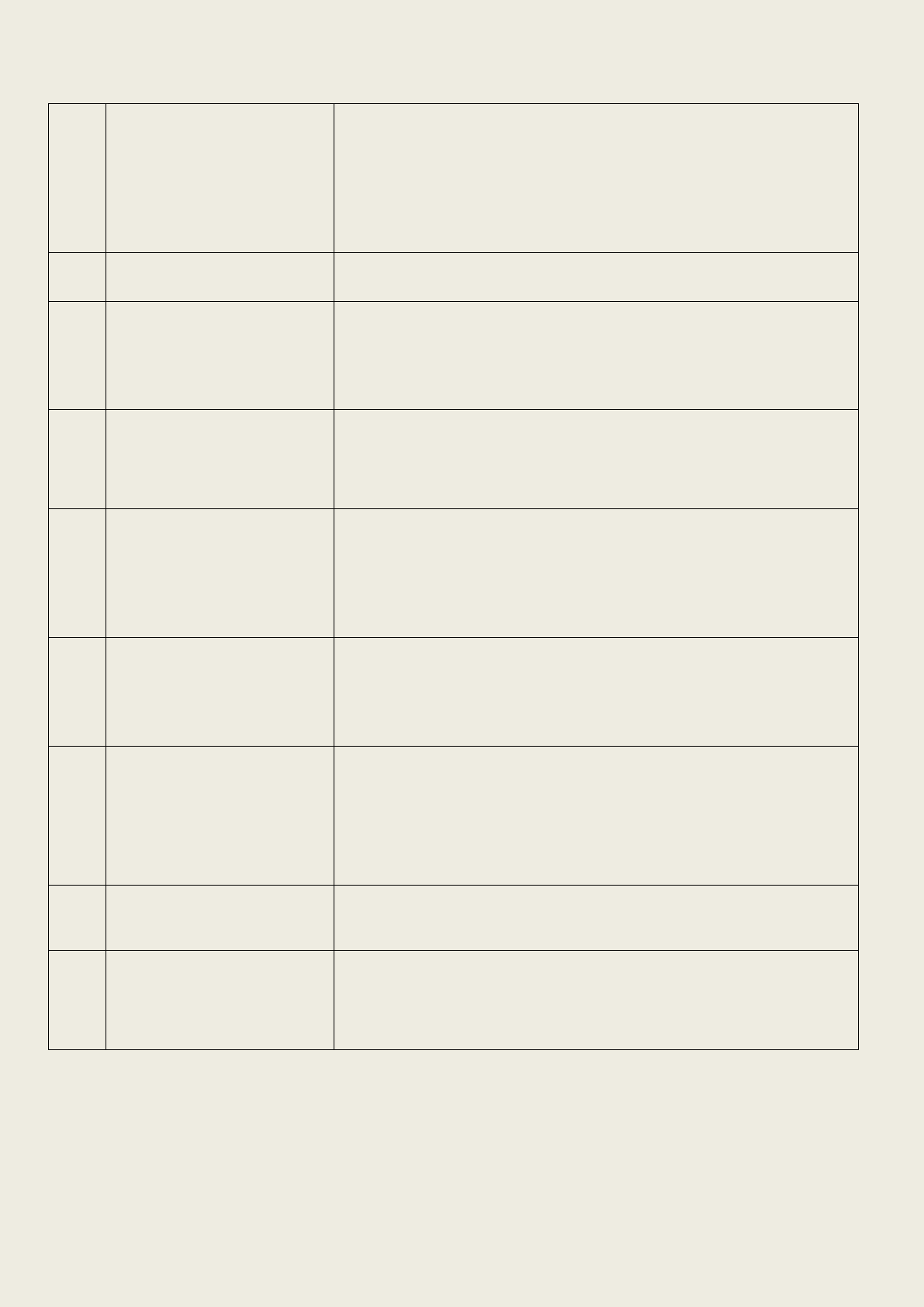
FAQs for Joint Entrance Examination (Main) – 2024
5
13.
Will the NTA reserve its
discretion to fix the center
in a city that is given in
Annexure I?
As far as possible, the exam centres are allotted as per the choice of
cities of the candidates made in their online Application form.
Efforts are made to allot centre as per the Candidate’s choice (s) and
within city jurisdiction.
However, due to administrative/logistic reasons,
a different city
may be allotted.
14.
Can a center be allotted by
the NTA manually?
No.
15.
The dates of Examination
of JEE (Main) - 2024
clashes with any other
National / State level
examination.
NTA will check the issue, and rectify it as per the availability of
examination dates.
16.
How can I select the Date
and Slot of Examination
of JEE (Main) - 2024?
The date/shift/slot of examination is allotted by computer
randomly which is required for the normalization process. Hence
the choice of date and shift/slot cannot be selected by the
candidate himself/herself.
17.
In case, the Candidate has
uploaded a Blue
Signature instead of a
Black Signature in the
application form of JEE
(Main)-2024. Is it okay?
Yes, it is okay. Your Application Form will not be rejected merely
for this mistake.
18.
Is there any helpline for
JEE (Main) -2024
examination for the
aspirants?
Yes. Details of Helpline Numbers and Email are as follows:
• The Helpline No.- 011-40759000
• E-mail: jeemain@nta.ac.in
19.
Can the Candidate correct/
change his/her particulars
including the City of
Exam Centre in the
Online Application?
As per the Instructions given to the candidates for filling up their
Online Application Form, they are supposed to fill up their
particulars carefully and NTA is not responsible for any mistake
committed by the candidates in this regard. A one-time correction
facility may be provided.
20.
Can anyone cancel the
application submitted for
JEE (Main)-2024 ?
Online Application forms once submitted successfully cannot be
cancelled/ withdrawn.
21.
Can anyone submit the
multiple Application form
with the same mobile no.
and Email ID?
No, for each Application, the mobile number and e-mail address
will be unique.
D-D1012/39/2023-AESW-A
10753/2023/AESW-A
5/12
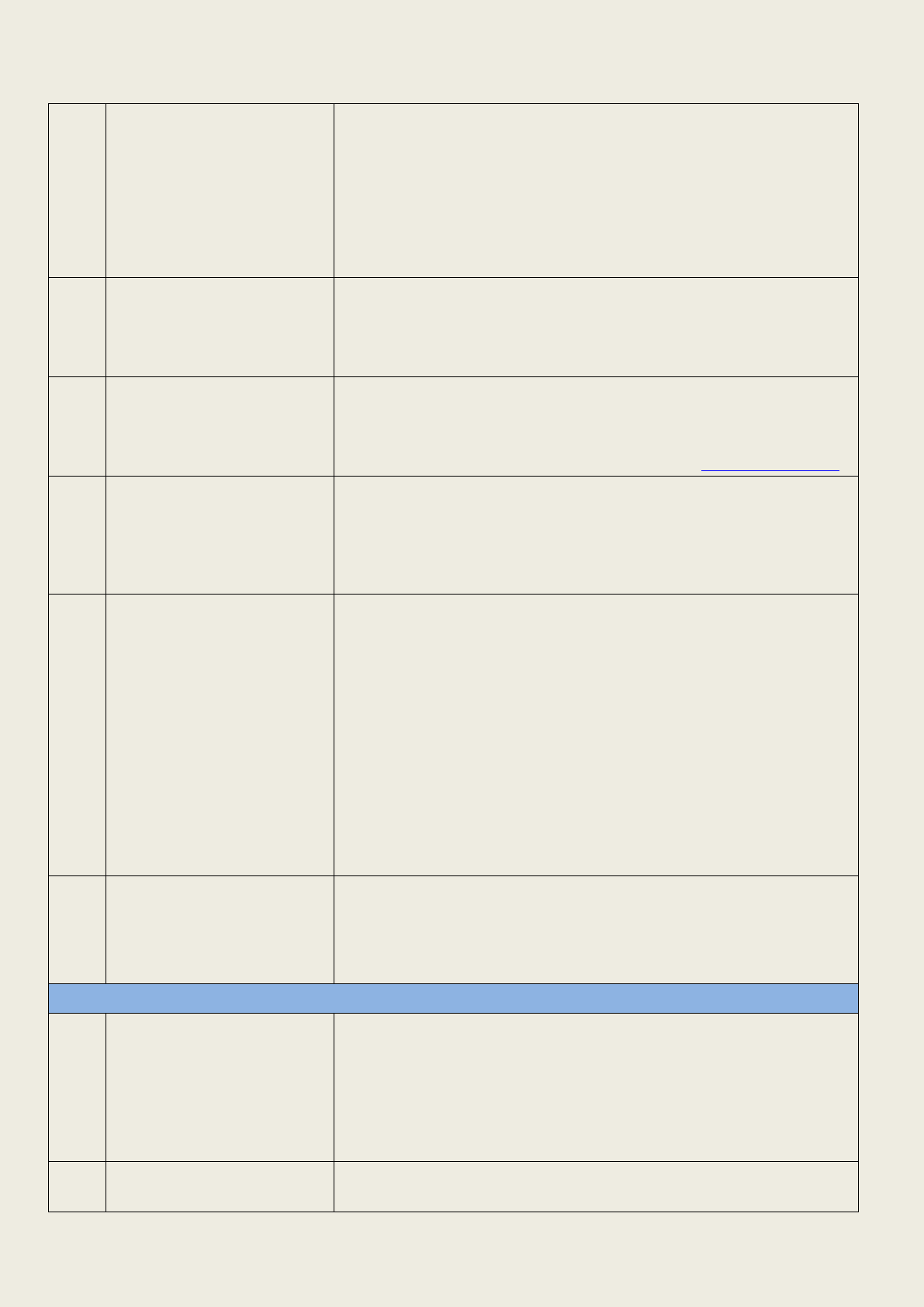
FAQs for Joint Entrance Examination (Main) – 2024
6
22.
a) Is it mandatory to fill in
the Parents/Guardian's
mobile and e-mail ID?
b) Is it mandatory to fill in
the Parent's / Guardian
Income Details?
Yes, the Parent/guardian mobile and e-mail ID have OTP-based
verification. The fields will be mandatory and will not be the same
as those given by the candidate during registration.
Yes, Family Annual Income (inclusive of Father’s/ Guardian’s
Gross Annual Income, Mother’s/ Guardian’s Gross Annual
Income, and Annual Income of Father’s/ Mother’s/Guardian from
other sources, if any) is a mandatory field.
23.
How will the Candidate
get the confirmation
Page of the JEE (Main)-
2024?
The Confirmation Page of the online Application Form for a
session will be generated only after successful payment of the fee
by the Candidate. A copy of the Confirmation Page of JEE (Main) -
2024 will be sent to the registered e-mail address of the Candidates.
24.
If one does not get an
Admit Card, whom should
be contact?
The Candidates may please note that Admit Cards will not be sent by
post. The candidate has to download the Admit Card from the NTA
website. For any assistance, candidates can call the NTA Helpline numbers:
011 40759000 or 011 69227700 or write to NTA at: jee[email protected]
25.
Can a candidate change the
examination center after
the allotment of roll
number?
The city of the allotted Examination Centre cannot be changed, in
any case.
Note: The choice of exam cities displayed to the candidates will be
based on the permanent and correspondence addresses filled during
the Online Application Form of JEE (Main) – 2023.
26.
What do the candidates
need to bring at the exam
center?
The candidate is required to bring the following at the examination
centre:
• Admit Card along with passport-size photograph affixed on it.
• One passport-size photograph (to be affixed on the attendance
sheet on the day of the Examination.
• Candidates are advised not to bring any other items to the
examination centers. There will be no arrangement for the safe
keeping of any material at the centre. Neither NTA nor centre
will be responsible for any loss, delay, etc.
Please refer to the Information Bulletin for details.
27.
Will any candidate be able
to leave early if he finishes
the test before the allocated
test time?
No, the candidate will not be allowed to leave the examination
hall/room before the test concludes.
Section-II Specific Queries and Scheme of Examination
28.
What is the responsibility
of NTA for JEE (Main) -
2024?
The responsibility of NTA with regard to JEE (Main) - 2024 is
limited to inviting online applications, conducting the entrance test,
and handing over the results to the JOSSA and CSAB. The Joint
Entrance Examination (JEE) Apex Board (JAB) is the final
Authority for setting the policies, rules, and regulations for the
conduct of JEE (Main) examination.
29.
How many questions
papers are in JEE (Main)
The Joint Entrance Examination, JEE (Main) comprises two
papers. Paper 1 is conducted for admission to Undergraduate
D-D1012/39/2023-AESW-A
10753/2023/AESW-A
6/12
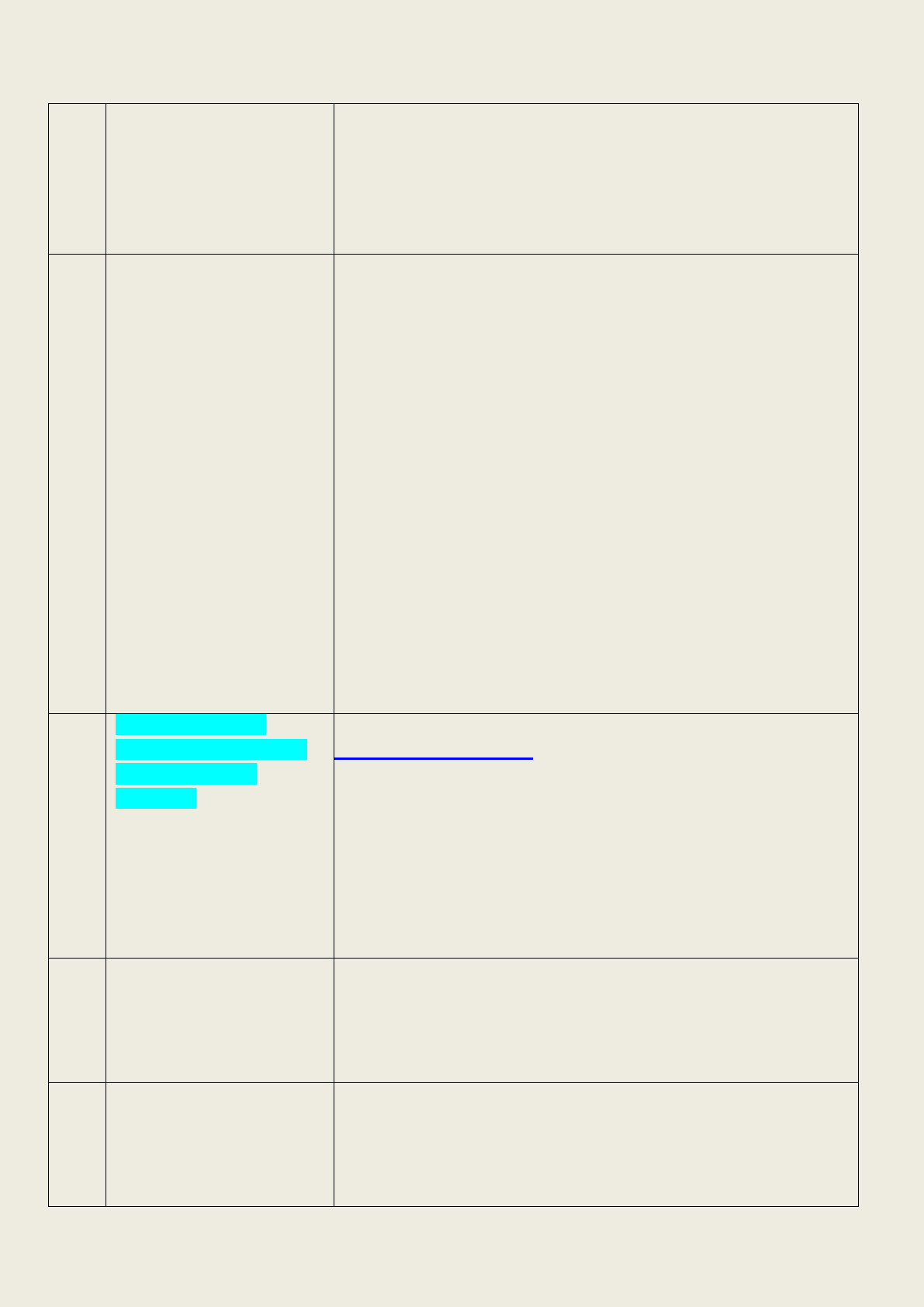
FAQs for Joint Entrance Examination (Main) – 2024
7
- 2024?
Engineering Programs (B.E/B.Tech.) at NITs, IIITs, other
Centrally Funded Technical Institutions (CFTIs), and
Institutions/Universities funded/recognized by participating State
Governments. JEE (Main) is also an eligibility test for JEE
(Advanced), which is conducted for admission to IITs. Paper 2 is
conducted for admission to B. Arch and B. Planning courses in
the country.
30.
What will be the
advantages of Multiple
Sessions in JEE (Main)-
2024?
The JEE (Main) - 2024 is being conducted in 02 (two) Sessions for
admissions in the next academic session. The candidates will thus
benefit in the following ways:
(1) This will give opportunity to the candidates to improve their
scores in the examination if they are not able to give their
best in one attempt.
(2) In the first attempt, the students will get a first-hand
experience of taking an examination and will know their
mistakes which they can improve while attempting for the
next time.
(3) This will reduce the chances of dropping a year and
candidates would not have to waste a full year.
(4) If anyone misses the examination due to reasons beyond
control (such as the Board examination), then he/she will not
have to wait for one full year.
(5) A candidate need not appear in both Sessions. However, if
a candidate appears in more than one Session then his/her
best of the JEE (Main) - 2023 NTA Scores will be
considered for preparation of the Merit List/ Ranking.
31.
Whether NTA has
changed the syllabus of
JEE (Main)-2024
Session 2?
The details of the syllabus are given on the website:
https://jeemain.nta.ac.in/
Moreover, to cater to the decision of different Boards across the
country regarding the reduction in the syllabus, the NTA has decided
to provide a choice in one Section of each Subject of Paper 1 and Part
I of Paper 2A and 2B. However, the total number of questions to be
attempted will remain the same (Physics -25, Chemistry – 25, and
Mathematics – 25), wherever applicable. (Refer to Appendix VI for
details).
32.
Is there any Negative
Marking in the JEE (Main)-
2024?
Section A will be of Multiple-Choice Questions (MCQs) and
Section B will contain Questions whose answers are to be filled
in as a numerical value. In Section B, candidates have to attempt
any 05 (five) questions out of 10. There will be negative
marking for both Section A and Section B.
33.
What is the duration of the
examination for those
candidates who wish to
appear for both B. Arch as
well as B. Planning?
The duration of the examination is 03:30 hrs. i.e. from 03:00 p.m.
to 06:30 p.m. for those candidates who wish to appear for B.Arch
and B.Planning.
D-D1012/39/2023-AESW-A
10753/2023/AESW-A
7/12
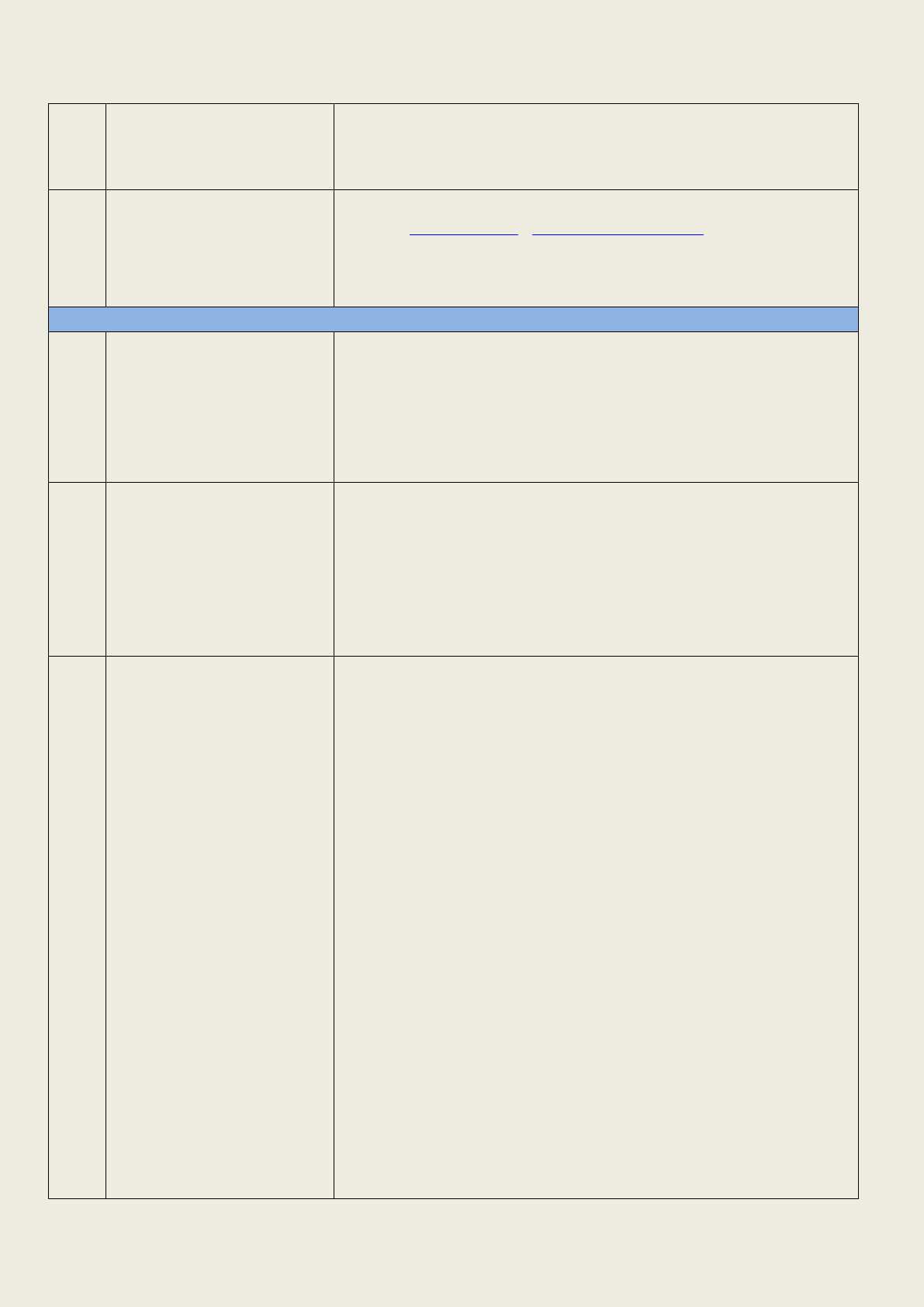
FAQs for Joint Entrance Examination (Main) – 2024
8
34.
What is the
duration/timing/shift of
JEE (Main) - 2024 Session
1?
Duration, Shift, and timing of examination are available at
Important dates (IMPORTANT INFORMATION AT A GLANCE)
in the Information Bulletin of JEE (Main) - 2024.
Please refer to the Information Bulletin for details.
35.
How will one know the
result of the JEE (Main)-
2024?
The result of JEE (Main)-2024 will be uploaded on the NTA
website www.nta.ac.in / www.jeemain.nta.ac.in as per schedule. A
scanned copy of the Final Scorecard of JEE (Main) – 2024 will
be sent to the registered e-mail address of the Candidates.
Section – III - Eligibility Criteria
36.
What is the minimum
eligibility
criteria/qualification for
appearing in JEE (Main)-
2024?
Only those candidates who have passed the Class 12/equivalent
examination in 2022, 2023, or those who are appearing in the
Class 12/equivalent examination in 2024, are eligible to appear in
JEE (Main) - 2024.
For more details refer to the Information Bulletin.
37.
What are the age
limit/relaxation criteria for
the candidates appearing in
JEE (Main) - 2024?
For appearing in the JEE (Main) - 2024, there is no age limit for
the candidates. The candidates who have passed the class
12/equivalent examination in 2022, 2023, or appearing in 2024
irrespective of their age can appear in JEE (Main) - 2024
examination. However, the candidates may be required to fulfill
the age criteria of the Institute(s) in which they are desirous of
taking admission.
38.
What will be the pattern
of examinations?
The Question Paper has been divided into two sections. There will
be 90 Questions in Paper 1 and candidates will be required to
attempt 75 questions only. There will be negative markings for 15
optional questions. Paper-wise details are as follows:
ii. Paper 1 (B.E./B.Tech.): Each Subject will have two sections.
Section A will be of Multiple-Choice Questions (MCQs) and
Section B will contain Questions whose answers are to be filled
in as a numerical value. In Section B, candidates have to attempt
any five questions out of 10. There will be negative markings
for both Section A and Section B.
ii. Paper 2A (B. Arch.): Part -1 will have two sections. Section A
will be of Multiple-Choice Questions (MCQs) and Section B
will contain Questions whose answers are to be filled in as a
numerical value. In Section B, candidates have to attempt any
five questions out of 10. There will be negative markings for
both Section A and Section B. Part II (Aptitude Test) will have
50 Multiple-Choice Questions (MCQs). Part III (Drawing
Test) will have two questions to be attempted on the Drawing
Sheet.
iii. Paper 2B (B. Planning) - Part -1 will have two sections.
D-D1012/39/2023-AESW-A
10753/2023/AESW-A
8/12
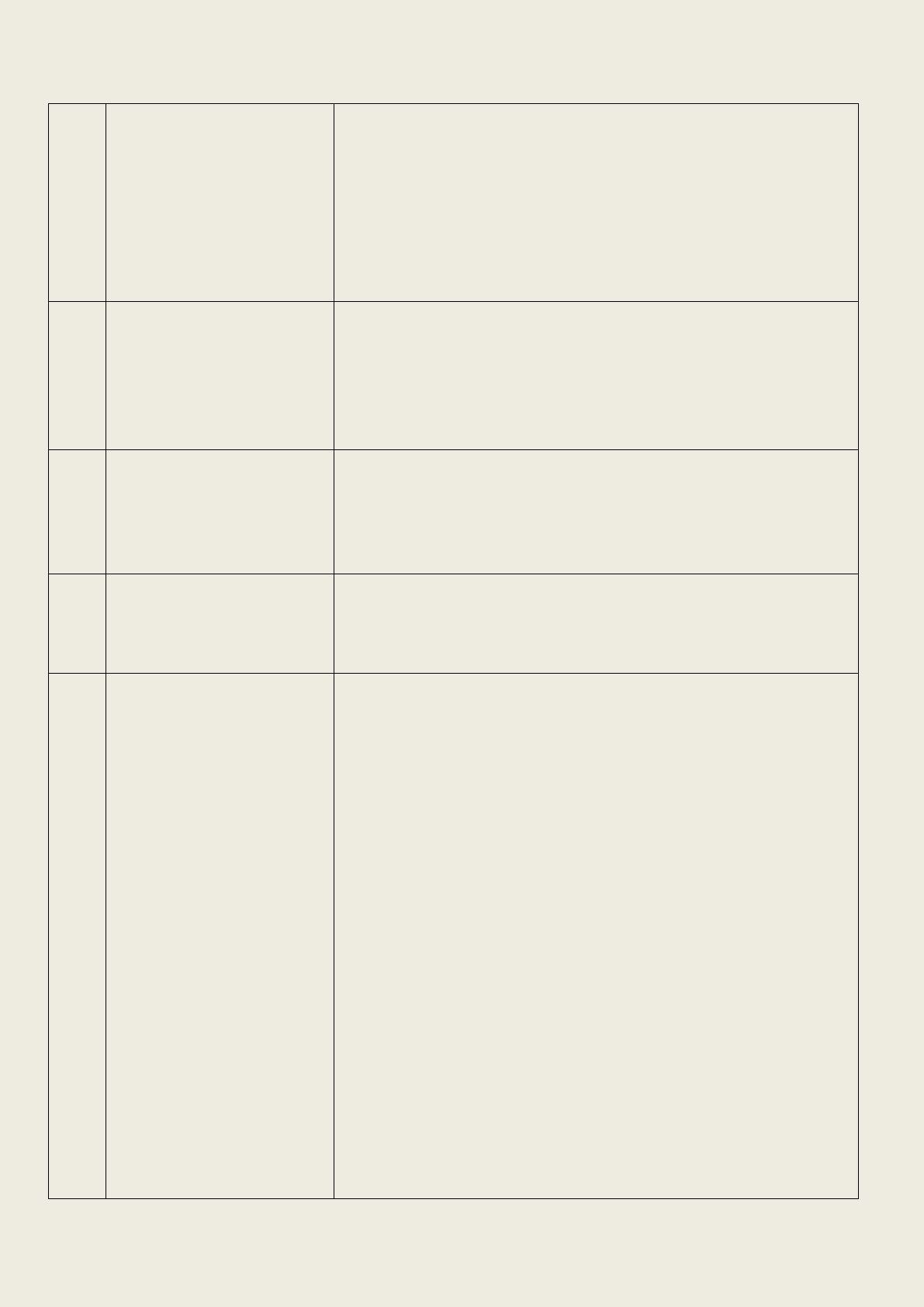
FAQs for Joint Entrance Examination (Main) – 2024
9
Section A will be of Multiple-Choice Questions (MCQs) and
Section B will contain Questions whose answers are to be
filled in as a numerical value. In Section B, candidates have to
attempt any five questions out of 10. There will be negative
markings for both Section A and Section B. Part II (Aptitude
Test) will have 50 Multiple-Choice Questions (MCQs). Part
III (Planning-based question) will have 25 Multiple-Choice
Questions (MCQs).
39.
How do I accept the
choice of attempting Five
Questions in Section B
of Paper 2A & 2B?
You can select any five questions, you wish to answer. You are
also allowed to change the answers to the selected questions before
final submission. You can select questions different from the ones
selected by you earlier and answer them before the final
submission of the Question Paper. At any point in time, you will
be permitted to answer only five questions in Section B.
40.
Which score will be
considered in the
compilation of Results
and Preparation of the
Merit List / Ranking?
A candidate has a choice to appear in one or both sessions. He/ she
will be awarded an NTA score in each session based on his
performance. The candidate’s best NTA Scores of all the sessions
in which he/ she has appeared will be considered for preparation
of the Merit List/ Ranking.
41.
Whether the JEE (Main)-
2024 will be held in a
different medium?
Yes, drawing from the National Education Policy (NEP), the JEE
(Main) - 2024 will be conducted in Assamese, Bengali, Gujarati,
Kannada, Malayalam, Marathi, Odia, Punjabi, Tamil, Telugu,
Urdu in addition to Hindi and English.
42.
What is the State code of
eligibility?
State code of eligibility means the code of the State from where
the candidate has passed the Class 12 (or equivalent) qualifying
examination by virtue of which the candidate becomes eligible to
appear in JEE (Main) 2024.
If a candidate has passed the Class 12 (or equivalent) qualifying
examination from one State but appeared for improvement from
another State, the candidate’s State code of eligibility will be from
where the candidate first passed the Class XII.
Candidates who passed/appeared in class 12th from NIOS should
select the State of Eligibility according to the State in which the
study centre is located.
For Indian nationals passing the Class XII (or equivalent)
examination from Nepal/Bhutan, the State code of eligibility will
be determined based on a permanent address in India as given in
the passport of the candidate.
The State code of eligibility of OCI passing the Class 12 (or
equivalent) examination in India is at par with Indian nationals.
However, OCI passing the Class XII (or equivalent) examination
from an institution abroad are eligible for Other State quota seats
or All India quota seats (but NOT for Home State quota seats) in
D-D1012/39/2023-AESW-A
10753/2023/AESW-A
9/12
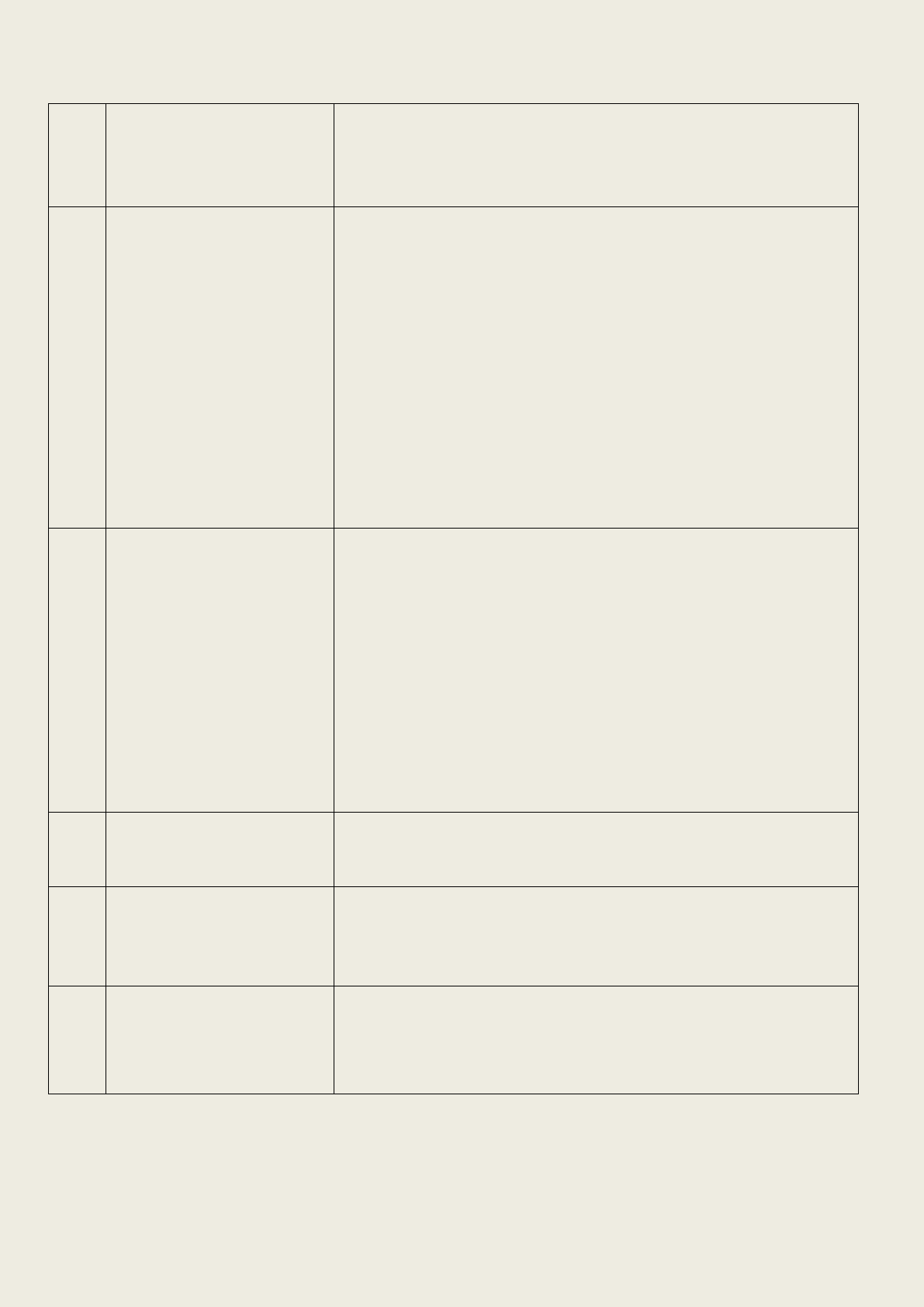
FAQs for Joint Entrance Examination (Main) – 2024
10
all NITs, IIITs, and Other-CFTIs
For more details, please refer to the Information Bulletin of JEE
(Main)-2024 which is available at the NTA website:
jeemain.nta.ac.in
43.
Does NTA have any
exemption for the
Divyangjan candidates?
Yes, Divyangjan candidates are permitted to use a Scribe or
allowed Compensatory time or both as given below :
a.
The facility of a Scribe, in case he/she has a physical
limitation and a scribe is essential to write the examination
on his/her behalf, being so certified in the prescribed format
(Annexure IV to VIII ) by a CMO/Civil Surgeon/ Medical
Superintendent of a Govt. Health Care Institution.
b.
Compensatory time of one hour for examination of three
hours duration, whether such candidate uses the facility of
Scribe or not.
For more details, please refer to the Information Bulletin of JEE
(Main) - 2024 which is available at the NTA website:
jeemain.nta.ac.in
44.
Will B. Tech. / B. Arch
Scores of JEE (Main) -
2024 will be used for
admission to Dr. APJ
Abdul Kalam Technical
University (AKTU),
Lucknow, and Madan
Mohan Malviya
University, Gorakhpur
(MMMUT).
Yes, B. Tech/ B. Arch Scores of JEE (Main) - 2023 may also be used
for admission to Dr. APJ Abdul Kalam Technical University
(AKTU), Lucknow, MMMUT, Gorakhpur, and other Institutions
/ Universities.
From the Academic year 2024-25, the Government of Goa has
approved that admissions to Engineering Degree Courses in
the State Engineering Colleges in Goa State will also be done
based on JEE (Main).
45.
How many times a
candidate can appear in
JEE (Advanced) - 2024?
Details may be obtained from the Information Brochure of the JEE
(Advanced) 2024. Please see link: https://jeeadv.ac.in/
46.
What is the validity of the
Category Certificate (SC /
ST / OBC / EWS-Gen.)
and PwD certificate?
In this regard, please follow the rules of relevant admitting
institutions.
47.
In the case of foreign
national candidates
(OCI/PIO), what will be
the pin code in the address
section?
Such candidates are required to put 000000 in the field of Pin
Code.
D-D1012/39/2023-AESW-A
10753/2023/AESW-A
10/12

FAQs for Joint Entrance Examination (Main) – 2024
11
48.
Will the selection for
Admission of students
under Direct Admission
of Students ABROAD
(DASA-2024) be made
through JEE (Main)
2024?
Yes. The Ministry of Education, Govt. of India vide its O.M.
F.No.35- 9/2016-TS. III MHRD dated 21st December 2018 has
approved that the selection for Admission of students under Direct
Admission of Students ABROAD (DASA) will be through JEE
(Main). This may be applicable from academic year 2022-23
onwards. The NTA has been conducting JEE (Main) on Computer
Based Test (CBT) in India and Abroad for Admission to
undergraduate courses in IITs, NITs, IIITs, and CFTIs. The
Admission for DASA is done based on the Rank obtained in
JEE(Main) from the Academic Session 2022-23.
Section - IV Fee/Payment Queries
49.
Whether the application fee
excludes the Common
Service charge?
Fee payable for JEE (Main) – 2024
(through Credit Card /Debit Card (except
Master/Visa Card) / Net-Banking/UPI)
Type of
Candidat
e
Centres
in India
(Fee in
₹)
Centre
s
Outsid
e India
(Fee in
₹)
Paper 1: B.E./B. Tech
or
Paper 2A: B. Arch
or
Paper 2B: B.Planning
General
Male
1000
5000
Female
800
4000
Gen-EWS/
OBC (NCL)
Male
900
4500
Female
800
4000
SC/ST/PwD
Male
500
2500
Female
500
2500
Third Gender
500
3000
Paper 1: B.E./B. Tech
&
Paper 2A: B. Arch
or
Paper 1: B.E./B. Tech
&
Paper 2B: B. Planning
or
Paper 1: B.E./B.Tech,
Paper 2A: B. Arch &
Paper 2B: B.Planning
or
Paper 2A: B. Arch &
Paper 2B: B.Planning
General/Gen-
EWS/OBC
(NCL)
Male
2000
10000
Female
1600
8000
SC/ST/PwD
Male
1000
5000
Female
1000
5000
Third Gender
1000
5000
Processing charges and Goods & Service Taxes (GST) are to be paid by
the candidate, as applicable.
50.
How can one remit a fee for
JEE (Main) - 2024?
The examination fee for JEE (Main) - 2024 can be remitted in the
following manner:
• Through any Debit / Credit / UPI Card using SBI / Canara /
HDFC / ICICI online gateway payment facility/ Net Banking.
D-D1012/39/2023-AESW-A
10753/2023/AESW-A
11/12

FAQs for Joint Entrance Examination (Main) – 2024
12
51.
If any candidate faces any
problem in the remittance
of fee due to a failed
transaction, what can
he/she do?
If the payment status of an online transaction (by credit/debit card)
is not communicated by the payment gateway in real time then fee
payment is not completed and the candidate will not be able to
download the Acknowledgement page. In this case, the candidate
is required to pay the fee again through online mode and download
the acknowledgment page. The amount due to the failed
transaction of credit/debit card will be refunded after the
declaration of the final result of JEE (Main) – 2024.
D-D1012/39/2023-AESW-A
10753/2023/AESW-A
12/12
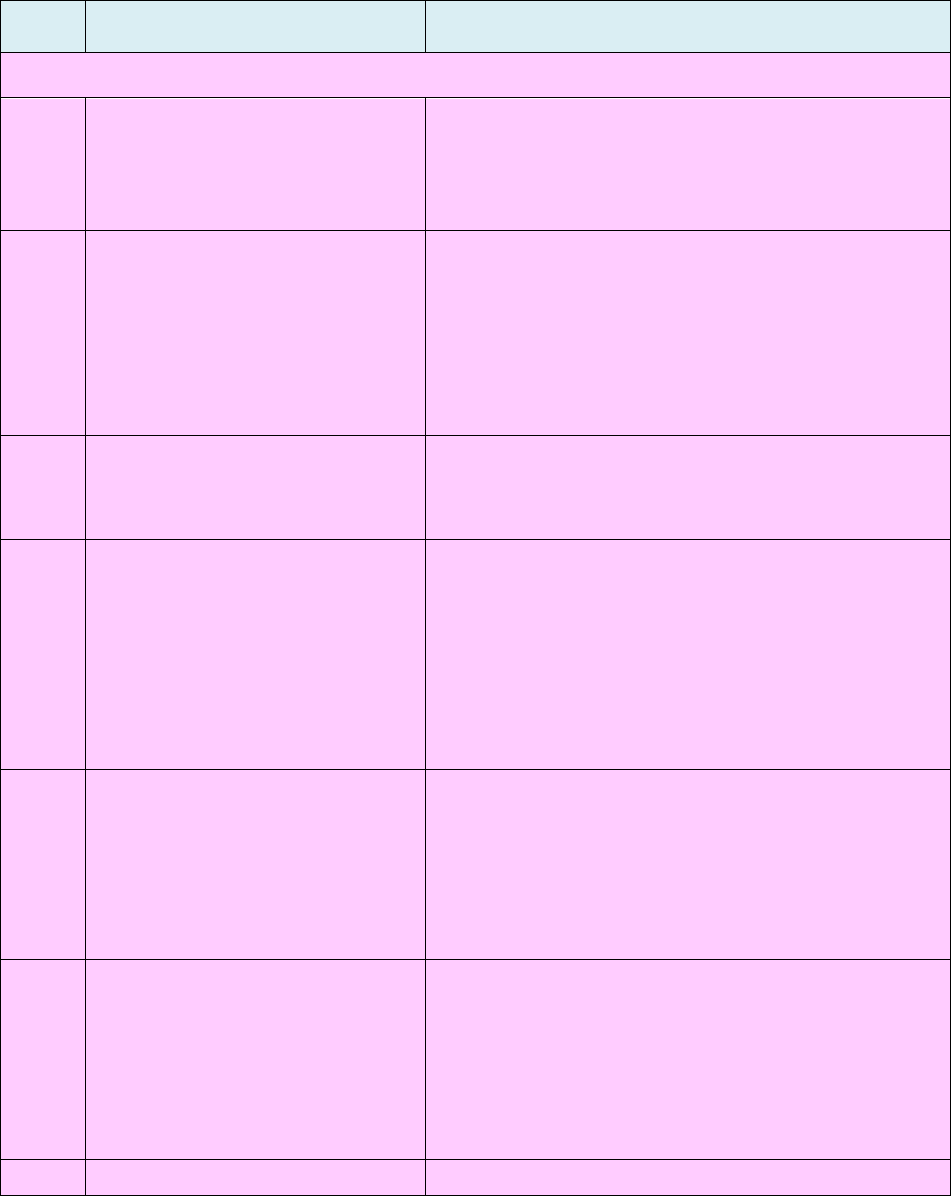
1
Frequently Asked Questions Related to the Normalization Procedure and
Percentiles for the JEE (Main) – 2024
S. No.
Question
Reply
Need and nature of normalization
1.
What is meant by ‘normalization
of marks’?
The process of transforming the raw marks scored
by candidates into a common scale for ease of
comparing them with those of other candidates is
broadly termed as normalization of marks.
2.
Why is normalization necessary?
When an examination is held in two or more shifts,
it is difficult to directly compare the raw marks of
candidates appearing in the different shifts.
A good normalization procedure will allow for such
a direct comparison by transforming the marks onto
a common scale.
3.
What is a shift or what
constitutes a shift?
A shift in this context refers to the collection of all
candidates who have been administered the same
question paper.
4.
Why is normalization not needed
if the examination is held in a
single shift with the same paper?
All candidates in the same shift are administered the
same question paper. In this sense, they are being
tested on a level playing field.
It is a common practice that, in such a case, a
candidate who scores, say, 75 marks will always be
ranked higher than any other candidates with lower
marks, say 70.
5.
Even if the examination is held
in two or more shifts, why can’t
the actual marks scored by each
candidate be used to rank the
candidates?
By the very nature of multi-shift examinations,
candidates in different shifts answer different
questions/question papers. Then it is not clear
whether the candidate with 75 marks in one shift
should always be ranked higher than a candidate
with 70 marks in another shift.
6.
In the above example, why
should a candidate with 75
marks not always be considered
to be better than another with 70
marks? After all, 75 is greater
than 70.
In spite of best efforts by the question setters,
different question papers may have different levels
of difficulty. It may be very easy to score 75 marks
in one of the two papers while it may be very
difficult to score even 70 in another.
7.
Still, shouldn’t a higher score
No.

2
S. No.
Question
Reply
necessarily mean a better
performance?
An analogy can be drawn when comparing physical
quantities like length or area. Questions such as “(a)
Which is larger – 2 inches or 4 centimetres?” or
“(b) Which is lighter – 4 kilograms or 8 pounds?”
cannot be answered by just looking at the value of
the number. The absolute numbers 2 and 4 have no
intrinsic meaning unless accompanied by the units
of measurement.
8.
How are the quantities to be
compared, in such cases?
This can be done only by converting the two
quantities that are being compared into a common
scale / same units.
Once the scale or the unit of measurement is the
same, the two quantities can be directly compared
by looking at the corresponding numerical values.
9.
Even though the JEE (Main) -
2024 examination is held in
different shifts, the different
question papers are still being
graded in the same range – like 0
to 100.
Does this not mean that the
grading is on the same scale and
is the above analogy then valid?
No, the grading need not be on the same scale even
though all question papers have the same maximum
marks.
While the range of marks may be the same, the
difficulty levels may be different. This means that
the marks in different shifts are not on the same
scale.
Yes, indeed the analogy is valid.
10.
How are the marks in different
shifts brought to the same scale?
This is done by converting the raw marks scored by
the candidates into normalized marks by adopting a
normalization procedure.
Methods of normalization
11.
There are formulae for
converting inches into
centimetres or kilograms into
pounds. Is there such a formula
for converting marks from one
scale to another?
Length, mass, etc. are physical quantities. But the
examination score is not. There is no direct formula
for conversion.
12.
Can the above be elaborated?
Examination scores try to evaluate the merit of a
candidate by assigning marks. This is not a physical
quantity. To elaborate, the same candidate
attempting the same question paper may score
differently at different times.
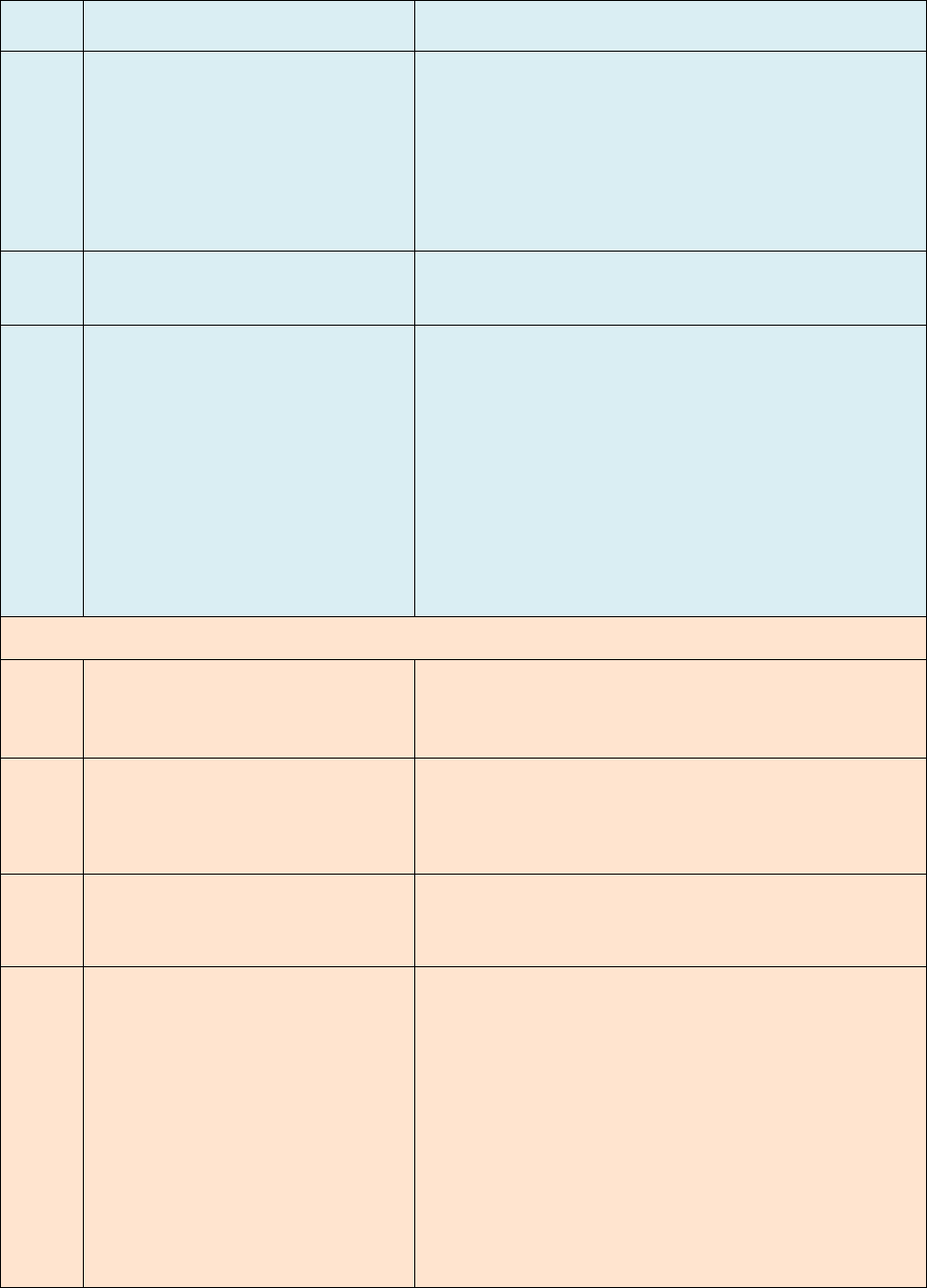
3
S. No.
Question
Reply
However, measurements of mass or length, do not
depend on the person doing the experiment or on
the time when it is done.
Of course, it is understood that there is an
association between the merit and the marks – but
this relationship is not exact.
13.
If there is no formula, how will
the normalization work?
Statistical procedures can be applied to normalize
the marks.
14.
Are there any assumptions
underlying the statistical
procedures?
Broadly speaking, statistics is a science that deals
with a large number of observations. As such, the
methods mentioned here work under the assumption
that
i. The total number of candidates is large,
ii. each shift has roughly a similar number of
candidates,
iii. the candidates are assigned to the shifts
randomly.
Percentiles
15.
What are percentiles?
Percentiles indicate the relative position of a
candidate with respect to the other candidates in the
same shift of examination.
16.
Is there a formula for calculating
the percentiles?
Yes. Details are given in the Information Bulletin of
JEE (Main) – 2024.
17.
Are percentiles calculated by
pooling the scores of all
candidates in all shifts?
No. Percentiles are calculated separately for each
shift.
18.
What is the formula/procedure
for calculating the percentiles of
candidates in each shift?
Consider a candidate with a raw score = T. The
percentile score for this
candidate is calculated
using the following steps:
i. Record the number of candidates who have
actually appeared in the shift. Denote this
number by N.
ii. Let m denote the number of candidates in
that shift whose raw scores are less than or
equal to T.

4
S. No.
Question
Reply
iii.
The percentile score for this candidate is then
calculated:
iv. The percentile P above can be rounded off to
the requisite number of decimal places
19.
What are the possible values of
the percentile P?
The highest possible value of P is 100. The lowest
possible value is 0. Hence P will be a number
between 0 and 100.
20.
How is the percentile score to be
interpreted?
The percentile score P indicates the relative position
of the candidate in his/her shift.
Hence P = 100 for candidate A indicates that 100%
of the candidates from that shift scored marks less
than or equal to the marks scored by A and 0% of
the candidates scored marks higher than those of A.
i.e. A is a topper in that shift.
Similarly, P = 0 for candidate B indicates that 0% of
the candidates from that shift scored marks less than
or equal to the marks scored by B and 100% of the
candidates scored marks higher than those of B i.e.
B scored the least among all candidates in that shift.
Any intermediate value of P will have a similar
interpretation. For example, P = 98.25 for candidate
C indicates that 98.25% of the candidates from that
shift scored marks less than or equal to the marks
scored by C and the remaining 1.75% of the
candidates scored marks higher than those of C.
21.
What does the percentile score
of 100 imply?
A candidate will have a percentile score of P = 100
if and only if the candidate is a topper in that shift.
22.
If candidate A has scored more
marks than another candidate B
from the same shift, will the
percentiles also be similarly
ordered?
If candidates A and B appear in the same shift and
the marks of A are more than those of B, then the
percentile score for A will be more than the
percentile score for B. Hence the rank of A will
continue to be higher than that of B.
23.
If candidates A and B score
exactly the same marks in the
same shift will their percentiles
Yes. Equal marks in the same shift will translate to
equal percentiles and hence equal rank.

5
S. No.
Question
Reply
be the same?
24.
Illustrative example: Four
candidates A, B, C, and D
appeared in the same shift. The
difference in marks between A
and B is exactly the same as the
difference in marks between C
and D.
Will the percentiles also be equally spaced?
No. The percentiles may not be equally spaced.
Why not?
Percentiles indicate the relative position of the
candidate in the shift. Experience suggests that
there are fewer candidates scoring high marks
than those scoring marks in the middle range.
This will be reflected in the percentile scores.
Can this be elaborated with reference to the
example?
Suppose the raw marks of A and B are
respectively 91 and 93 (closer to the top) and
those of C and D are 64 and 66 (closer to the
middle).
There are likely to be fewer candidates with
scores near the top i.e. between A and B and
many more with scores between C and D, even
though in each case the difference in the raw
marks is only 2.
Hence the percentile scores of A and B are likely
to be closer to each other while the percentile
scores of C and D are not so much.
Isn’t the same phenomenon observed for (usual)
ranks which are based on raw scores?
Indeed, it is true that the same phenomenon is
observed for usual ranks based on raw scores –
and for the same reason. Namely, there would be
fewer candidates at the top between candidates A
and B than between candidates C and D even
though the difference between the respective raw
scores is 2 marks each.
Hence the ranks of candidates A and B are closer
to each other than those of candidates C and D.
Does the above analysis indicate that ranks based
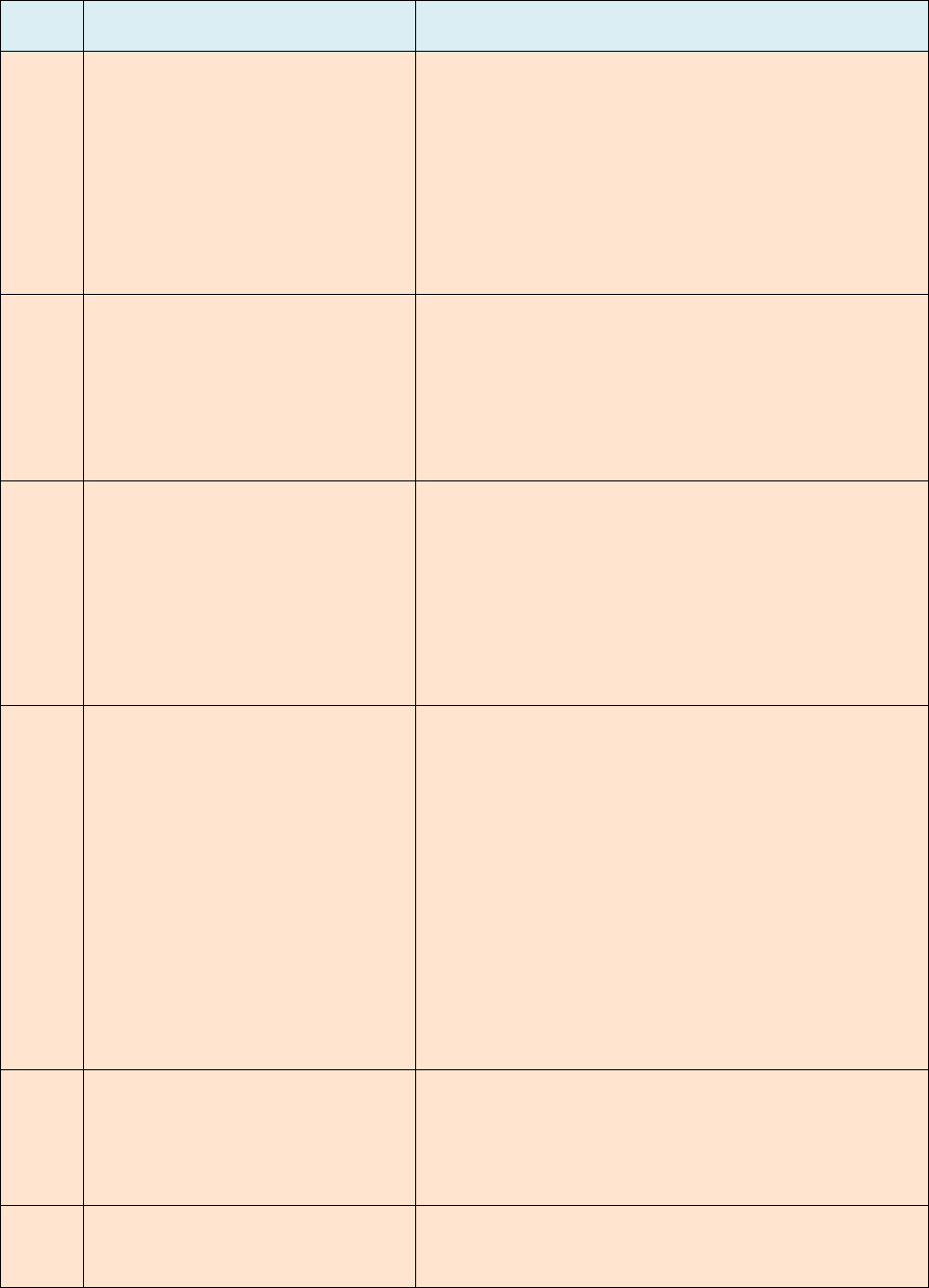
6
S. No.
Question
Reply
on raw marks are equivalent to ranks based on
percentile scores for single-shift examinations?
Indeed, in a single-shift examination, the use of
raw marks and percentile scores will result in
exactly the same rank for each candidate.
Percentile scores are required only when
candidates across different shifts are to be
compared amongst each other.
25.
If the percentiles are calculated
separately for each shift, then
how are the scores compared?
Once the percentile scores are assigned to each
candidate in every shift, these indicate the relative
position of the candidate in their respective shift.
This is a common, uniform scale of marks and
hence the percentile scores can be compared with
each other.
26.
Does this mean that the
candidate with a higher
percentile score will be ranked
higher than the candidate with a
lower percentile score,
irrespective of the shift in which
they appeared?
Yes. Indeed this is so. The percentile scores are on a
common uniform scale. Hence irrespective of the
shift in which the two candidates appeared, the one
with a higher percentile score will be ranked higher.
27.
Two candidates have scored
exactly the same marks in the
examination. Will the percentile
scores match?
As mentioned above if two candidates from the
same shift have the same marks, then their
percentile scores will be the same.
However, if the candidates from different shifts
score the same marks, the percentiles may be
different. The reason as explained earlier is that
the percentile scores or the relative position of
the candidates are calculated with reference to
each shift separately. It is possible that the same
marks in different shifts would correspond to
different relative positions.
28.
What is the method of
determining merit?
Conversion of the raw score in Mathematics,
Physics, and Chemistry, and the conversion of the
total into NTA scores. Overall merit shall be
prepared by merging NTA scores of all shifts of all
days.
Tie between candidates obtaining equal Total
NTA scores in Paper 1: B.E./B.Tech will be
resolved in the following manner in descending

7
S. No.
Question
Reply
order:
i. NTA score in Mathematics, followed by
ii. NTA score in Physics, followed by
iii. NTA score in Chemistry, followed by
iv. Candidate with less proportion of a number
of attempted incorrect answers and correct
answers in all the subjects in the Test,
followed by
v. Candidate with less proportion of a number
of attempted incorrect answers and correct
answers in Mathematics in the Test,
followed by
vi. Candidate with less proportion of a number
of attempted incorrect answers and correct
answers in Physics in the Test, followed by
vii. Candidate with less proportion of a number
of attempted incorrect answers and correct
answers in Chemistry in the Test followed
by
viii. Older in Age followed by
ix. Application Number in ascending order
